Common problems growing corn
Corn is a staple crop that provides a versatile source of nutrition and energy. While growing corn can be rewarding, it also presents its fair share of challenges. From understanding the intricate stages of corn growth to identifying and addressing common diseases and pests, farmers face numerous obstacles in their pursuit of optimal yields.
This article will look at common corn-growing problems, including the most common diseases of corn, how to plant corn and what not to do when planting corn. It will also discuss what affects corn height — a subject that Stine® Seed Company has been researching for decades in its development of short-stature corn. Stine offers resources, practical solutions and expert advice to help you achieve maximum yield potential.
What are the stages of corn growth?
Understanding the critical growth stages of corn is paramount for effective management practices. Corn development progresses through several distinct phases:
- Germination. This initial stage begins when the seed absorbs water and the embryo emerges. Factors influencing germination include soil moisture, temperature, oxygen availability and seed quality. Ideal soil temperatures for germination range from 50°F to 80°F (10°C to 27°C).
- Vegetative growth. During this phase, the plant is developing leaves and roots. Proper nutrition, adequate sunlight and sufficient soil moisture are crucial for robust vegetative growth. Nitrogen is a key nutrient during this stage, as it supports leaf development and photosynthesis.
- Tasseling. The male reproductive structures, known as tassels, develop at the top of the plant. Tassel emergence is influenced by genetics, planting date and environmental conditions. Adequate soil moisture and warm temperatures promote tassel development.
- Silking. Female flowers, or silks, emerge from the ear shoots. Successful pollination depends on the synchronization of silking and pollen shedding. Weather conditions, such as wind and rain, can impact pollination efficiency.
- Pollination. Pollen grains from the tassels are transferred to the silks, initiating fertilization. Wind is the primary pollinator for corn, and adequate wind speeds are essential for efficient pollen dispersal.
- Grain fill. Following successful pollination, kernels begin to develop and fill with starch. Adequate moisture, sunlight and nutrient availability are essential for optimal grain fill. Nitrogen, phosphorus and potassium are key nutrients during this stage.
- Maturity. The plant reaches its full growth potential, and the grain dries down to a harvestable moisture content. Maturity is influenced by genetics, growing conditions and hybrid maturity group.
Sweet corn growth stages are generally similar to field corn, but the timeline may vary due to differences in genetics and intended use. Sweet corn typically requires a shorter growing season compared to field corn for best flavor and texture.
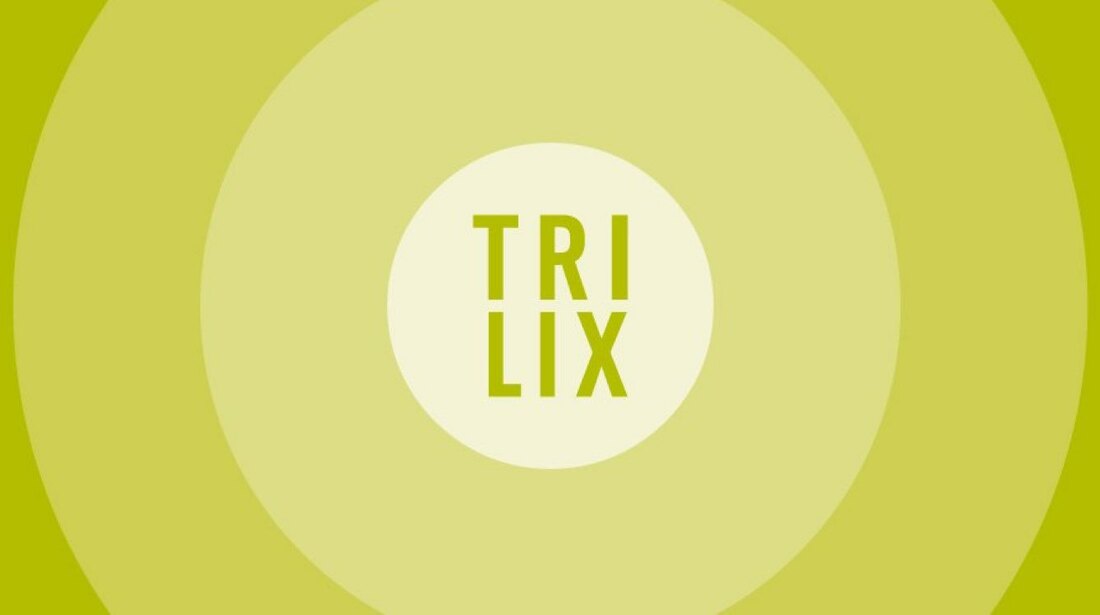
What are some of the most common diseases of corn?
Corn is susceptible to a wide range of diseases that can significantly impact yield and quality. Some of the most prevalent corn diseases and their control include:
- Common smut. Caused by a fungal pathogen, common corn smut forms galls on various plant parts, including ears, stalks and leaves. While generally not a significant yield reducer, it can cause cosmetic damage.
- Goss's wilt. A bacterial disease primarily affecting corn in the southern United States, Goss's wilt causes wilting, stunting and eventual plant death.
- Northern corn leaf blight. This fungal disease is characterized by gray-brown leaf lesions with yellow halos. Severe infections can lead to premature drying, stalk lodging and reduced yield.
- Southern corn leaf blight. Another fungal disease, southern corn leaf blight causes large, oval-shaped leaf lesions with a gray or tan center. It can also infect the stalk and ear, leading to plant death in severe cases.
- Gray leaf spot. This fungal disease is characterized by small, gray-brown leaf spots with dark centers. It can cause premature leaf death and reduced yield.
- Common rust. A fungal disease that causes reddish-brown pustules on leaves and stalks, common rust is not typically a major yield reducer. However, it can weaken plants and increase susceptibility to other stresses.
- Diplodia ear rot. This fungal disease infects the ear and causes kernel discoloration and shriveling. It can also release mycotoxins that can hurt both animals and humans.
Effective disease management for corn involves a combination of strategies, including:
- Resistant varieties. Planting corn hybrids with genetic resistance to specific diseases can significantly reduce disease pressure. Stine offers a wide range of corn hybrids with excellent disease resistance packages.
- Crop rotation. Rotating corn with non-host crops helps break the disease cycle and reduce inoculum buildup.
- Sanitation. Removing and destroying crop residues can reduce the amount of disease-causing organisms in the field.
- Fungicide applications. Timely fungicide applications can protect crops from disease infection.
Why are my corn plant leaves turning yellow and brown?
Yellowing and browning corn leaves can indicate various underlying issues:
- Nutrient deficiencies. Deficiencies in nitrogen, iron, magnesium, zinc or manganese can cause leaf chlorosis (yellowing). Nitrogen deficiency is the most common, resulting in a general yellowing of older leaves. Iron deficiency causes interveinal chlorosis (yellowing between leaf veins). Magnesium deficiency often manifests as yellowing between leaf veins with green veins. Zinc deficiency can cause stunted growth and small, chlorotic leaves. Manganese deficiency can result in interveinal chlorosis with brown spots. Soil testing can help identify nutrient imbalances and guide fertilizer recommendations.
- Drought stress. Inadequate water availability can lead to leaf wilting and browning. Corn is a relatively drought-tolerant crop, but prolonged drought stress can cause leaf scorch and reduced yield. Proper irrigation management is crucial for maintaining soil moisture, especially during critical growth stages, like pollination and grain fill.
- Excessive soil moisture. While corn requires adequate water, excessive soil moisture can lead to root rot and other soilborne diseases. This can result in yellowing and browning leaves, as well as stunted growth. Proper drainage and avoiding overwatering are essential.
- Disease or pest infestation. Certain diseases and pests can cause leaf discoloration. Common diseases affecting corn leaves include northern and southern corn leaf blights and gray leaf spot. Pests like corn earworm and aphids can also cause leaf damage. Regular scouting for pests and diseases is essential for early detection and management.
- Herbicide injury. Improper herbicide application or drift can cause leaf injury, including yellowing and browning. It's crucial to follow herbicide label instructions carefully and maintain buffer zones to protect corn from herbicide exposure.
Natural senescence. As the plant matures, lower leaves naturally yellow and senesce. This is a normal process and does not typically indicate a problem. Additionally, corn tassels turning brown is a natural part of the pollination process. Once pollen shedding is complete, the tassels dry out and turn brown.
Short-stature corn and leaf health
While short-stature corn is primarily known for its improved standability and lodging resistance, it can also indirectly contribute to better leaf health. The compact nature of short-stature corn can lead to improved air circulation within the canopy, which can help reduce the incidence of foliar diseases, like gray leaf spot. Additionally, short-stature corn may have a more efficient root system, which can improve nutrient and water uptake, potentially reducing the risk of nutrient deficiencies.
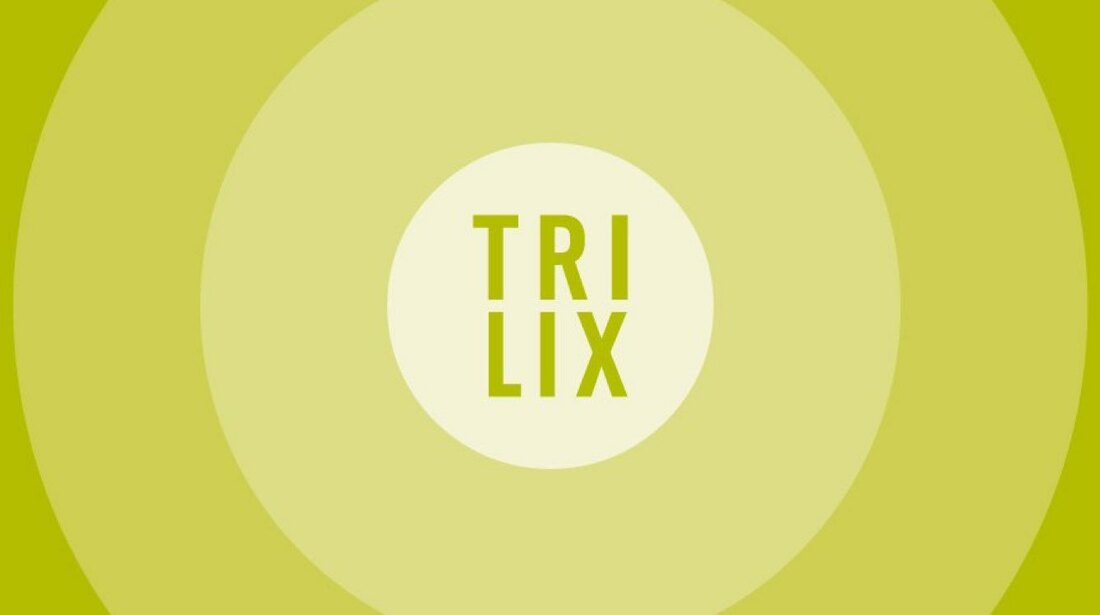
What affects corn height?
Corn height is influenced by a combination of genetic and environmental factors:
- Genetics. Corn hybrids exhibit varying heights based on their genetic makeup. Stine is a pioneer in the development short-stature corn hybrids, which offer benefits such as increased standability, improved lodging resistance and efficient land use. Stine's extensive research and breeding programs have focused on identifying and isolating genes responsible for plant height and developing hybrids with optimal height characteristics.
- Soil fertility. Adequate levels of nutrients, particularly nitrogen, promote plant growth and height. However, excessive nitrogen application can lead to excessive vegetative growth at the expense of reproductive development.
- Planting density. Crowded plants may experience reduced height due to competition for resources. Ideal planting density varies depending on soil type, hybrid maturity and target population.
- Environmental conditions. Favorable growing conditions, including adequate moisture and sunlight, contribute to taller plants. However, extreme weather events, such as drought or excessive rainfall, can impact plant height.
Through decades of research and field testing, Stine has identified genetic markers associated with shorter plant height, allowing for more precise selection and breeding of short-stature corn hybrids. This genetic foundation enables Stine to develop corn hybrids with consistent short stature while maintaining desirable agronomic traits, such as yield potential, disease resistance and insect tolerance.
What should not be planted near corn?
Corn is a heavy feeder with a deep root system, making it competitive with neighboring plants. To optimize corn growth and yield, it’s important to know what not to do when growing corn. Consider avoiding planting:
- Other heavy feeders. Crops like tomatoes, potatoes and squash have high nutrient demands and can compete with corn for resources.
- Susceptible crops. Planting crops susceptible to the same pests or diseases as corn can increase the risk of problems.
- Shallow-rooted crops. Shallow-rooted crops may interfere with corn root development and water uptake.
By carefully selecting companion crops or implementing crop rotation, farmers can create a more favorable environment for corn. Several other factors can influence corn growth and yield:
- Soil type and structure. Corn thrives in well-drained, fertile soils with a pH range of 6.0 to 7.0. Soil texture and structure affect water infiltration, aeration and root development.
- Pest and insect pressure. Corn is susceptible to various pests, including corn earworm, corn rootworm and aphids. Integrated pest management (IPM) strategies are essential to protect the crop.
- Weed competition. Weeds can compete with corn for water, nutrients and sunlight. Timely weed control is crucial for maximizing yield.
- Harvest timing. Harvesting corn at the proper moisture content is essential for grain quality and storage.
Given all of these factors, it’s no wonder some people ask, “Why is corn so hard to grow?” At Stine, we firmly believe in the science behind corn hybrids — especially when it comes to short-stature corn. Our decades of research demonstrate that hybrids kept “wanting” to be shorter. Why? Because corn plants naturally want to be closer to the tassels for pollination purposes. The result is a much sturdier plant that harvests sunlight more efficiently than traditional, taller corn. Stine short corn can also be grown at higher populations, which can significantly increase yield.
Of course, even with shorter plants, there are a few tips on what not to do when growing corn. A major factor is knowing what should not be planted near short corn — and the answer is traditional corn. This is because taller plants will shade the shorter hybrid, weakening its performance. The “shading effect” often happens when farmers alternate rows of traditional corn plants with short-stature corn because they want to compare yield for themselves. However, doing so will only give them incorrect data. Stine short corn should be planted with plenty of room from taller corn plants.
RECAP:
Growing corn is a complex endeavor that requires a deep understanding of the crop's needs and potential challenges. By carefully considering factors such as the stages of corn growth, disease management, nutrient requirements and environmental conditions, farmers can optimize yields and ensure the health of their crops.
Stine's pioneering research in short-stature corn has revolutionized the industry, offering farmers new tools to overcome traditional challenges. Short-stature corn hybrids provide increased standability, improved lodging resistance and greater efficiency in crop management. As agricultural practices continue to evolve, understanding the intricacies of corn production remains crucial for farmers seeking to maximize their yields and contribute to a sustainable food system.
This article has explored the common problems growing corn, what affects corn height and some of the most prevalent diseases in corn. It also touched on some of the research behind Stine short corn and how high-population corn can improve yield. By implementing the knowledge and strategies outlined here, farmers can enhance their corn-growing practices and achieve greater success in producing high-quality, bountiful harvests.
Learn more about Stine short corn and other hybrids at StineSeed.com/corn/.
Learn more about Stine® Short-Stature Corn
Related Articles
-
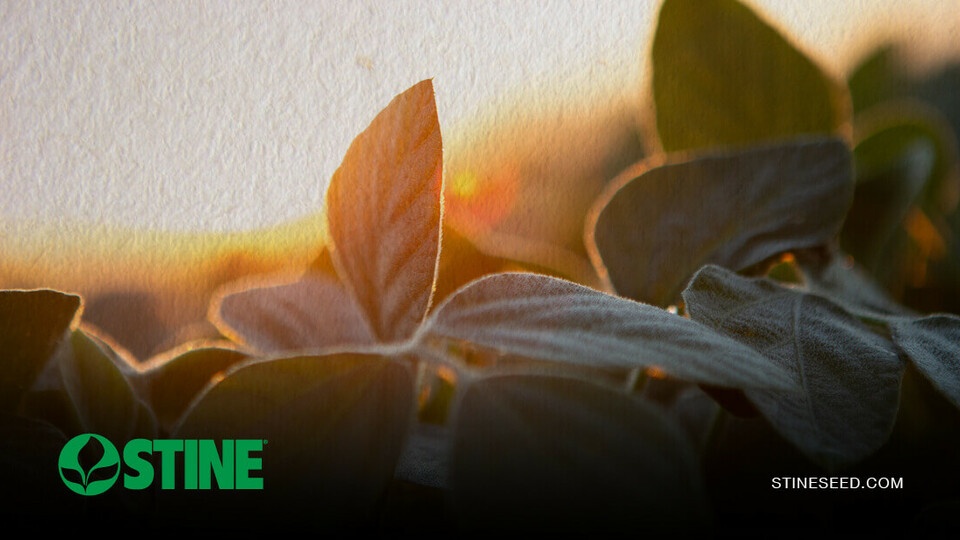
Exclusive soybean offerings, only from Stine®
September 2024 in Agronomy
-
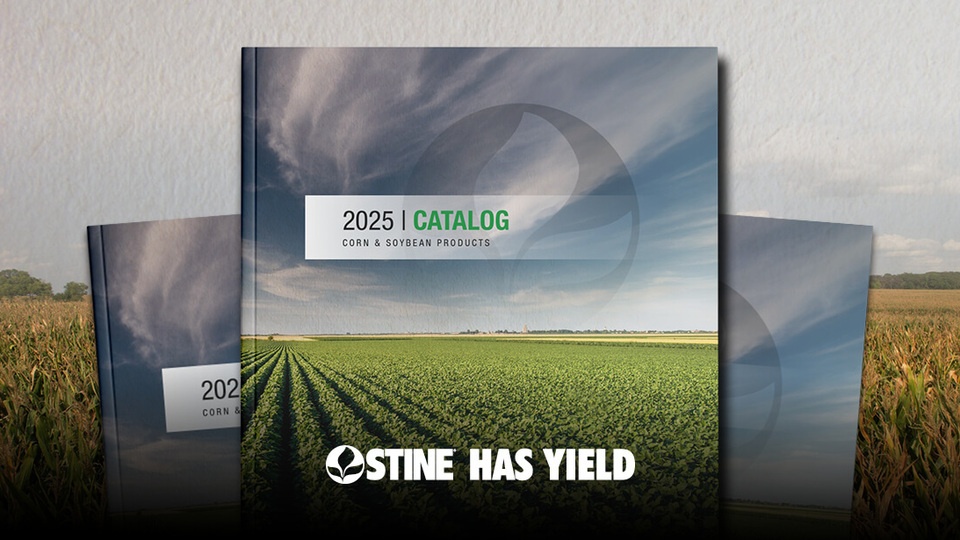
2025 Stine® Seed Catalog: Products by farmers, for farmers
September 2024 in Agronomy
-
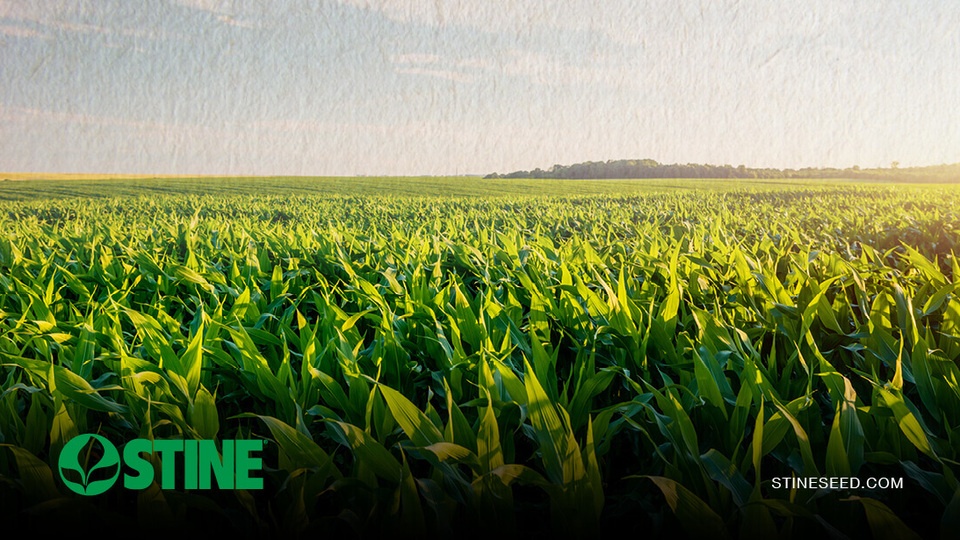
Top corn offerings for 2025
August 2024 in Agronomy
-
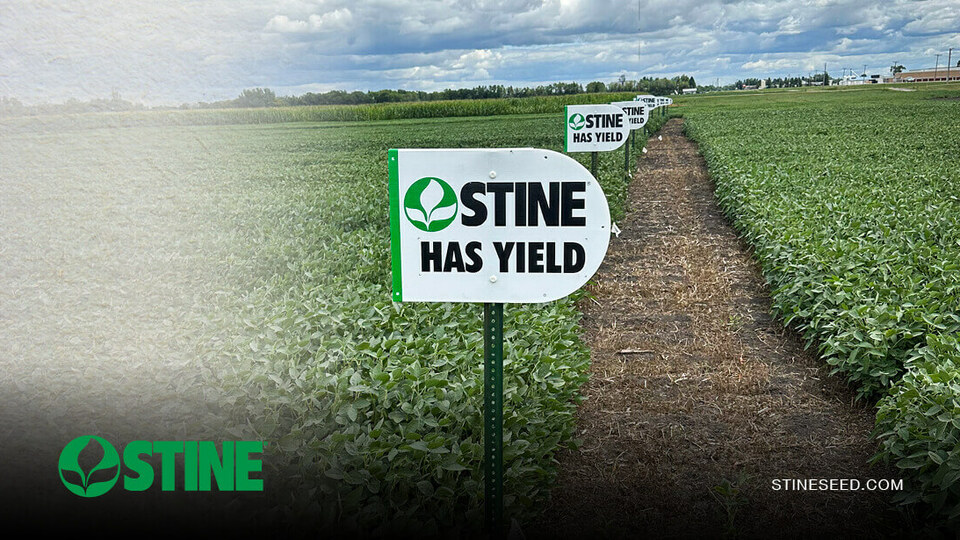
Crop progress update
August 2024 in Agronomy
